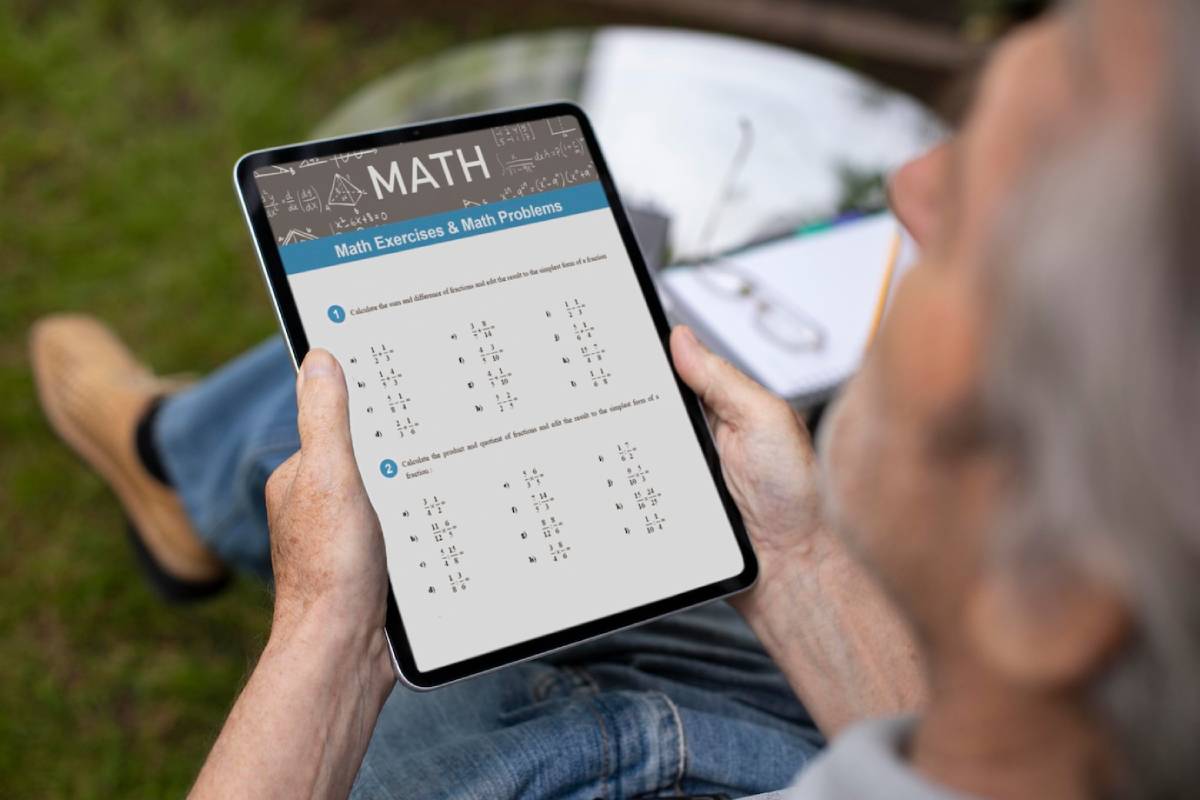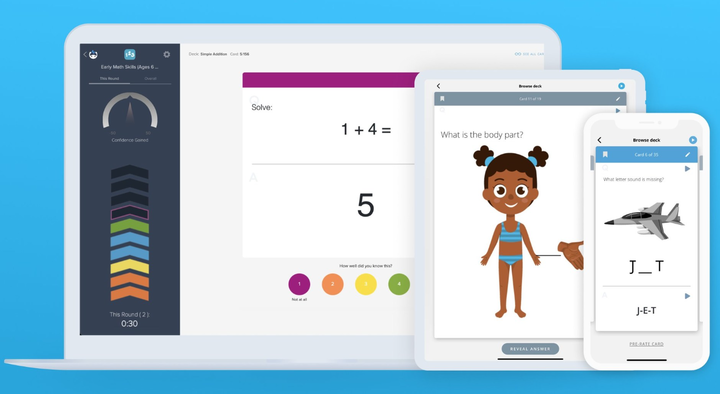
Best Free Courses That Use Gamified Learning
How Learning Becomes Fun with Gamification
Learning can be tough, especially if the content feels dry or hard to follow. But there’s a new way to make learning more fun and effective—gamified learning. This method adds game-like features such as points, rewards, quizzes, and levels to online courses.
More platforms are now offering free gamification courses that help learners stay focused, enjoy the process, and remember what they’ve learned. These game-based MOOCs (Massive Open Online Courses) are not just for kids or gamers. Adults, professionals, and even teachers are using them to gain skills in a more engaging way.
In this post, we’ll explore why gamified learning matters, the key benefits, and some of the best gamified e-learning courses you can take for free. We’ll also share expert tips and common mistakes to avoid, along with advanced insights for those looking to dive deeper.
Why It Matters: The Shift from Passive to Active Learning

Many traditional courses rely on lectures, readings, and long videos. These can be useful, but they often lead to passive learning. Gamification turns this around. It makes learning active by giving learners tasks, challenges, and feedback right away.
When students are rewarded for progress, they’re more likely to keep going. Even small achievements, like unlocking a badge or completing a quiz, help build momentum. For learners with busy lives, these small wins add up and encourage them to return.
Gamification also helps people learn in ways that stick. Active learning boosts memory and understanding because it involves doing, not just watching or reading.
Key Benefits of Gamified E-Learning
1. Keeps Learners Motivated
Game-based elements give learners a reason to keep moving forward. Whether it’s points, leaderboards, or unlocking new lessons, motivation increases when there’s a reward system.
2. Builds Confidence
Completing small challenges makes people feel successful. This confidence often carries over into other areas, encouraging learners to tackle bigger goals.
3. Improves Retention
Gamified learning often includes repetition, quizzes, and interactive tasks. These features help learners absorb information and recall it more easily later.
4. Makes Boring Topics Interesting

Even dry or complex topics can become more engaging when presented in a gamified format. Interactive exercises break up long sessions and keep the brain active.
5. Encourages Self-Paced Progress
Many gamified platforms allow learners to work at their own pace. This helps reduce pressure and supports different learning speeds.
Top Free Courses That Use Gamified Learning
Here are some standout free courses that use gamification to enhance learning:
1. Duolingo (Languages)
- Platform: Duolingo
- Focus: Language learning
- Gamification features: Points, streaks, levels, rewards
- Why it works: Duolingo uses short lessons, daily goals, and constant rewards to make learning languages easy and enjoyable.
2. Google’s Digital Garage – Fundamentals of Digital Marketing
- Platform: Google Digital Garage
- Focus: Digital marketing basics
- Gamification features: Progress tracking, quizzes, badges
- Why it works: Great for beginners. The structure is interactive and lets you test your knowledge after each topic.
3. Khan Academy (Various Subjects)
- Platform: Khan Academy
- Focus: Maths, science, finance, coding
- Gamification features: Energy points, avatars, mastery tracking
- Why it works: Designed with students in mind, but adults can benefit too. The visual progress tracking keeps you coming back.
4. Classcraft (Classroom Management)
- Platform: Classcraft
- Focus: Educator tools and classroom gamification
- Gamification features: Game avatars, team quests, rewards
- Why it works: It’s a platform for teachers to make classes more engaging, but it offers free training on how gamification works in education.
5. FutureLearn – Understanding Video Games
- Platform: FutureLearn (University of Alberta)
- Focus: Game design, culture, and education
- Gamification features: Quizzes, group discussions, course progress tracking
- Why it works: Explores how games work and their role in society. The structure encourages active thinking and feedback.
Expert Tips & Common Mistakes to Avoid
Tips for Getting the Most Out of Gamified Courses
- Set regular learning times: Stick to a study routine so the game-like progress doesn’t stall.
- Use rewards to stay motivated: Celebrate small wins, like completing a module or scoring high on a quiz.
- Reflect after each lesson: Take a few minutes to think about what you learned before moving on.
- Join discussions if available: Many MOOCs have forums or comment sections. Sharing your thoughts helps learning stick.
Common Mistakes Learners Should Avoid
- Focusing only on points or badges: It’s easy to chase scores, but don’t forget the real goal—learning.
- Skipping hard parts: Some games let you skip ahead. Don’t. Challenges help you grow.
- Not reviewing mistakes: If you get a quiz question wrong, take time to understand why.
- Overloading your schedule: Just because it’s fun doesn’t mean you should rush. Pace yourself.
Advanced Insights and Expert Recommendations
How Instructors Can Use Gamification Well
Gamification works best when it’s not just about fun but supports clear learning goals. If you’re creating a course or lesson, think about these:
- Align game features with the topic: For example, coding lessons might use puzzle games, while history might use timelines or quests.
- Keep it simple: Too many features can overwhelm learners. Start small—maybe just badges and quizzes.
- Offer feedback quickly: Instant feedback helps learners correct mistakes and understand faster.
- Give learners control: Let them choose challenges or levels. Autonomy increases engagement.
Gamification in Professional Training
Many businesses now use gamified modules for employee training. Whether it’s compliance, safety, or skill-building, gamification improves completion rates and long-term memory.
Courses from LinkedIn Learning, Microsoft Learn, and IBM SkillsBuild are starting to include more game-based features—even if some are behind paywalls, many still offer free options.
Conclusion: Learning That Stays With You

Gamified learning changes how we think about online education. It’s not just about games or making things fun. It’s about turning learning into something that feels rewarding, personal, and ongoing.
When courses use simple game features—like points, levels, or challenges—they make learning feel like progress, not a chore. And with many platforms now offering free gamification courses, it’s easier than ever to start.
Whether you’re learning for work, study, or fun, gamified MOOCs offer a smart, motivating path forward. Explore them, experiment, and find what keeps you learning. The rewards will go far beyond the screen.


